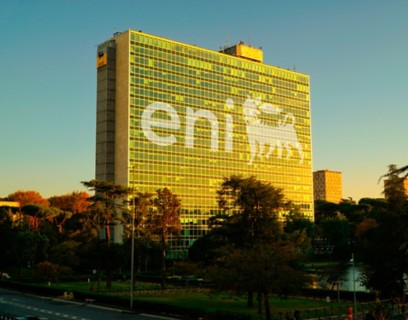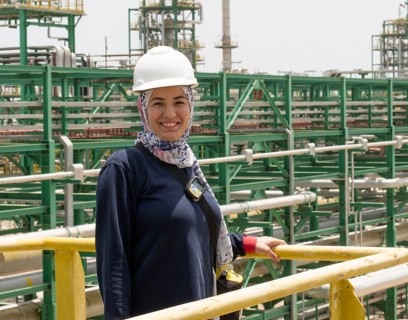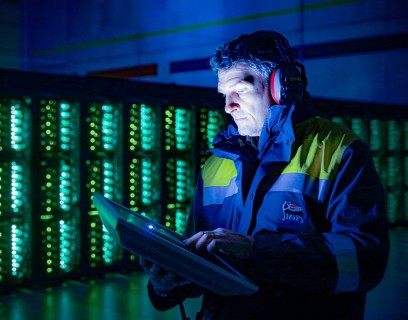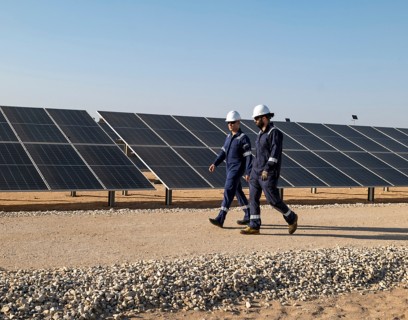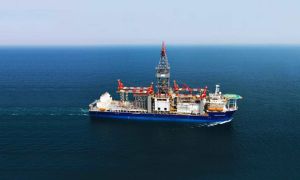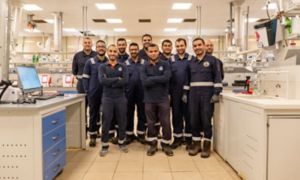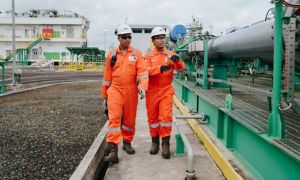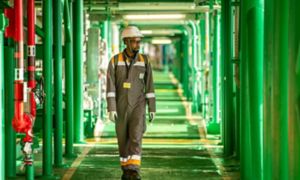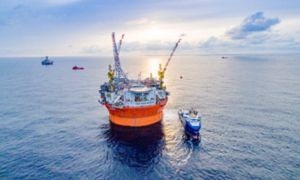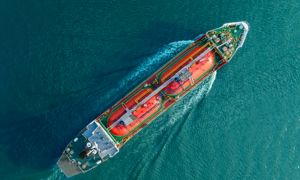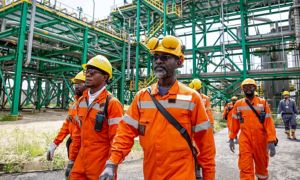
Or , our new artificial intelligence tool.
MyEni Login
How we contribute to the security of supply
We rely on a robust global portfolio, on alliances with producer countries and on cooperation with international partners.

We help guarantee energy supply through the global geographical diversification of our sources
In a constantly changing global socio-economic context, we work to ensure a continuous supply of energy to households and companies, while keeping our GHG emission reduction commitments thanks to a network of alliances we have established with producer countries and collaboration agreements with international partners.
Our global portfolio of projects has a clear objective: the geographical diversification of sources. It is a strategy that helps us to ensure uninterrupted and secure energy supplies for Italy and Europe and to achieve another important goal: the decarbonization of the energy mix.
By promoting natural gas as a bridge energy source to support the transition, at the same time, it is possible to explore the opportunities offered by renewables, from solar (photovoltaic and thermal) to wind energy, from marine energy to biofuels up to biogas and biomethane.
More energy sources and technologies for our energy mix
From natural gas to renewables, from bioenergy to hydrogen: energy diversification is crucial to achieve the Net Zero goal.
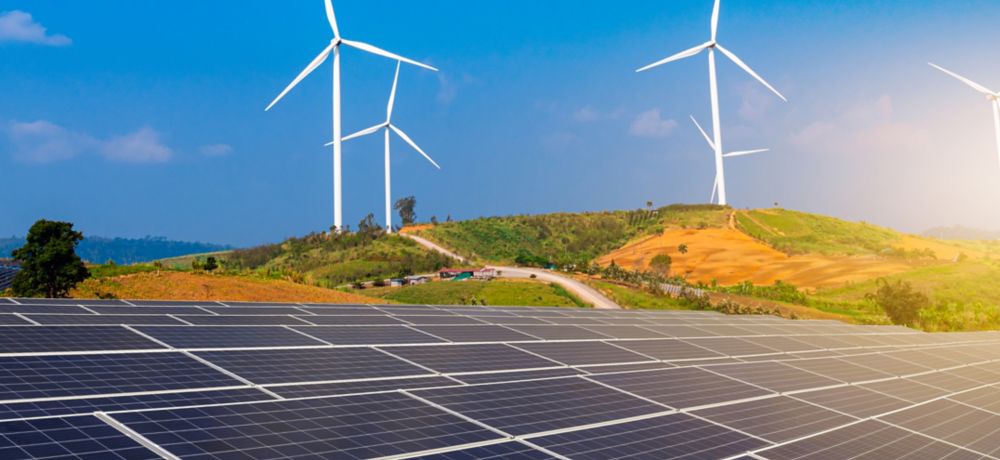
Italy’s four natural gas ports
Regasifiers, the facilities receiving shipments of liquefied natural gas (LNG) by sea and converting it into gas that can be injected into the network, play a key role in facilitating the geographical diversification of energy sources. They therefore make an important contribution to the security of energy supply. As far as the Italian territory is concerned, LNG is transported by sea to four different LNG regasification facilities:
- the Adriatic LNG Terminal, located off the coast near Porto Viro in the province of Rovigo, is a true artificial island (GBS, Gravity Based Structure) that has been in operation since 2009
- the Offshore LNG Toscana (OLT) plant, a Floating Storage and Regasification Unit (FSRU) located off the coast between Livorno and Pisa, in operation since 2013
- the Golar Tundra LNG plant, a FSRU moored at the port of Piombino, in operation since mid-2023
- the onshore plant along the Ligurian coast in Panigaglia in the province of La Spezia, the first facility of this kind built in Italy, in operation since the early 1970s.
The international agreements for the supply of natural gas


The LNG fleet managed by Eni
Eni has a fleet of four vessels dedicated to the transport of liquefied natural gas (LNG), strategically deployed to ensure an efficient and flexible supply on a global scale:
- the GasLog Italy LNG Tanker, built in 2024 and registered in Hamilton, Bermuda, with a deadweight capacity of approximately 93,000 tonnes (DWT)
- the Maran Gas Kastelorizo LNG Carrier, built in 2024 and registered in Piraeus, Greece, with a total capacity of approximately 93,000 DWT
- the Maran Gas Kalimnos LNG Carrier, built in 2021 and registered in Piraeus, Greece, with a capacity of approximately 93,000 DWT
- the Seapeak Galicia LNG Tanker, built in 2004 and registered in Spain, with a capacity of approximately 79,000 DWT.
The vessels operate under Time Charter Party agreements and are directly managed by Eni, which decides their strategic deployment. Thanks to these assets, Eni strengthens its role in the transportation and supply of LNG on an international scale. The gas transported mainly originates from Eni’s fields and is destined for various markets, including Italy. Moreover, all the ships in the fleet are Panamax class, allowing them to transit the Panama Canal, facilitating global LNG distribution and optimising flows between regional and international markets based on supply and demand.
The ships' cargo capacity
-
174 km³ of LNG
(approx. 100 million m³ of gaseous gas) GasLog Italy's total cargo capacity
-
174 km³ of LNG
Maran Gas Kastelorizo’s total cargo capacity
-
174 km³ of LNG
Maran Gas Kalimnos’s total cargo capacity
-
138 km³ of LNG
Seapeak Galicia’s total cargo capacity
LNG carrier fleet




